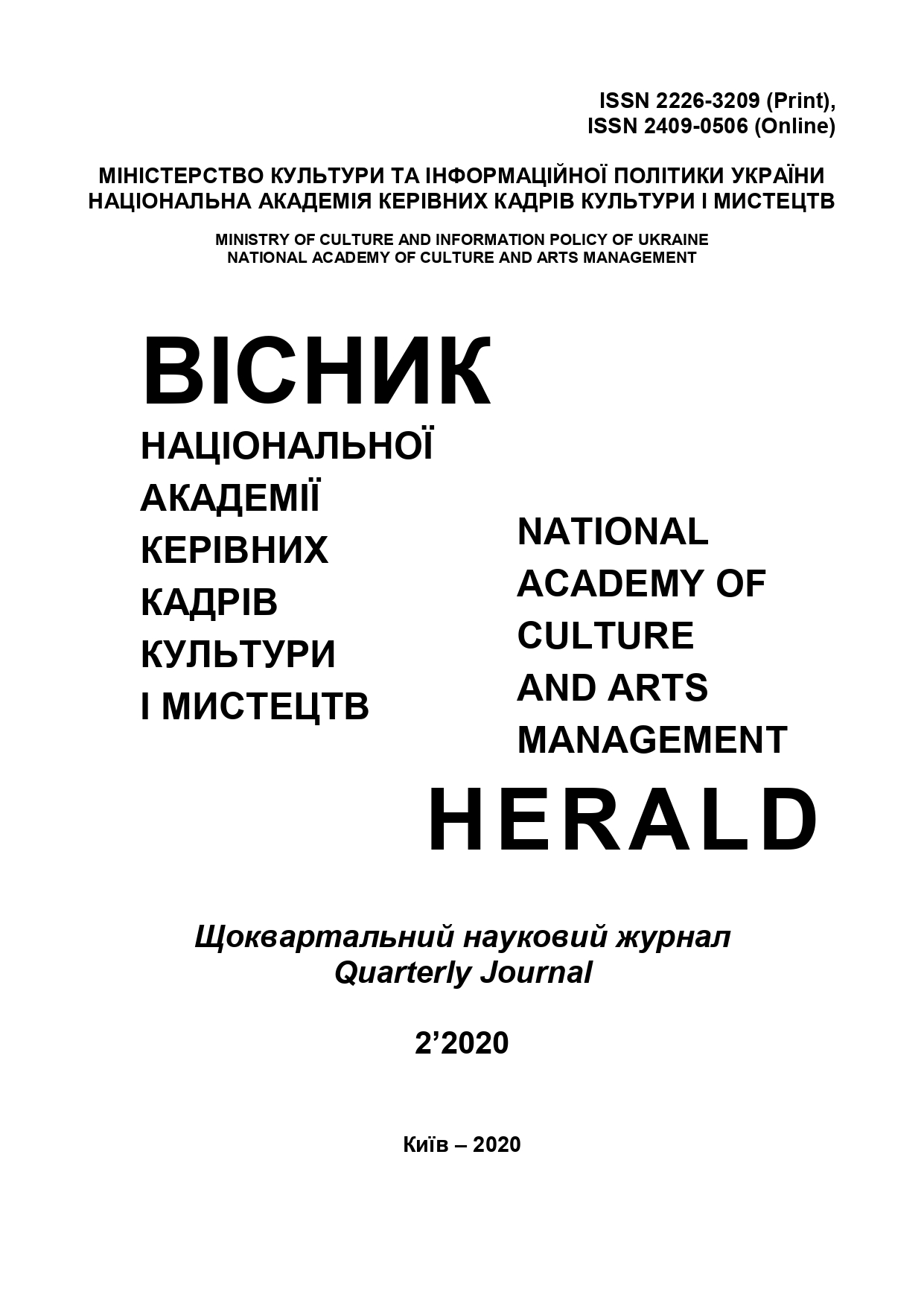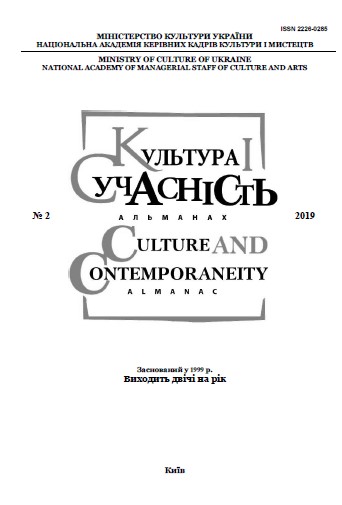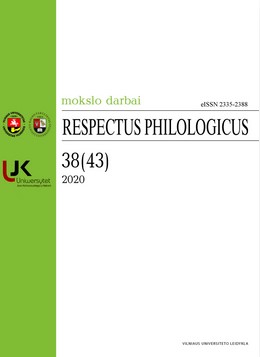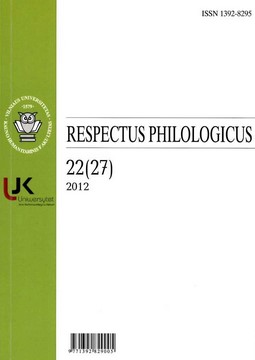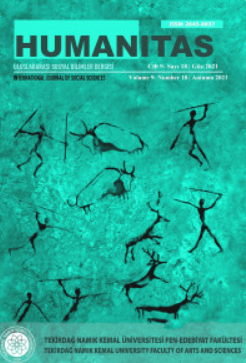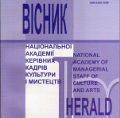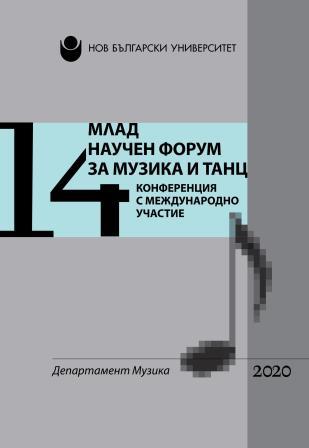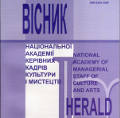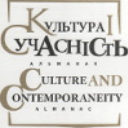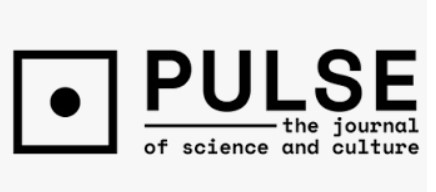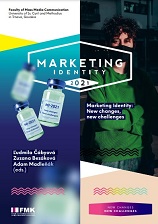Author(s): Olena Volodymyrivna Spolska / Language(s): Ukrainian
Issue: 4/2021
The purpose of the article is to present the activities of music societies in Eastern Galicia during the late nineteenth – first third of the twentieth century, which laid the foundations for the development of national professional music education and performance, including piano. The methodological basis of the publication is historical-stylistic and comparative approaches, methods of historical-cultural discourse (V. Cherkasov), fundamental historicalmusicological positions (L. Korniy, L. Kianovska, etc.). Problems of musical culture, education, and performance were considered by Galician musicians of that time (S. Lyudkevych, V. Barvinsky, N. Nyzhankivsky, etc.) in the broader context of national and cultural life, cooperation of Ukrainian cultural and educational societies, the active position of composers, performers, and teachers, which contributed to the development of professional education and performance, music culture in general. This methodological approach was continued by modern musicologists (M. Zagaykevych, L. Kiyanovska, L. Korniy, L. Mazepa, M. Cherepanin, etc.), who interpret the cultural and artistic life of Galicia in the second half of the nineteenth - early twentieth century. as a turning point in the process of formation of professional musical culture, due to the adoption of the so-called "cultural autonomy" (1867). Scientific novelty. A significant role in this process was played by music centers founded by the Society for the Distribution of Music in Galicia, the Galician Music Society (hereinafter - the Polish Music Society), the GMT Conservatory (1854) as the main musical educational institution in Galicia in the second half of the nineteenth century. The role of Ukrainian music societies was important, most of all – the centers of "Boyan" and "Union of Boyans", Music Society M. Lysenko, which became the basis for the establishment of the Ukrainian professional music institution – Higher Music Institute (1903), then - Lysenko Higher Music Institute (VMIL), the activities of an extensive network of its branches in various cities of Galicia. Significant educational activities of cultural, educational, and musical societies have encouraged professional composers to create original musical works, arrangements of folk songs, compiling the appropriate professional repertoire. In turn, this necessitated the development of professional music criticism in the Ukrainian periodicals. Analyzing the socio-cultural context of music societies, we relied on the developed classifications of their activities (N. Kobrin). This allowed us to outline the role of numerous monographic and thematic concerts dedicated to Ukrainian and Western European composers, solo concerts of prominent Ukrainian vocalists, and instrumentalists in the growth of performing skills of Ukrainian artists of this period. Conclusions. Conclusions are made about the decisive role of the network of cultural, educational, and musical societies of Eastern Galicia in the late nineteenth - first third of the twentieth century. in the process of development in the region of musical performance and musical culture in general.
More...

